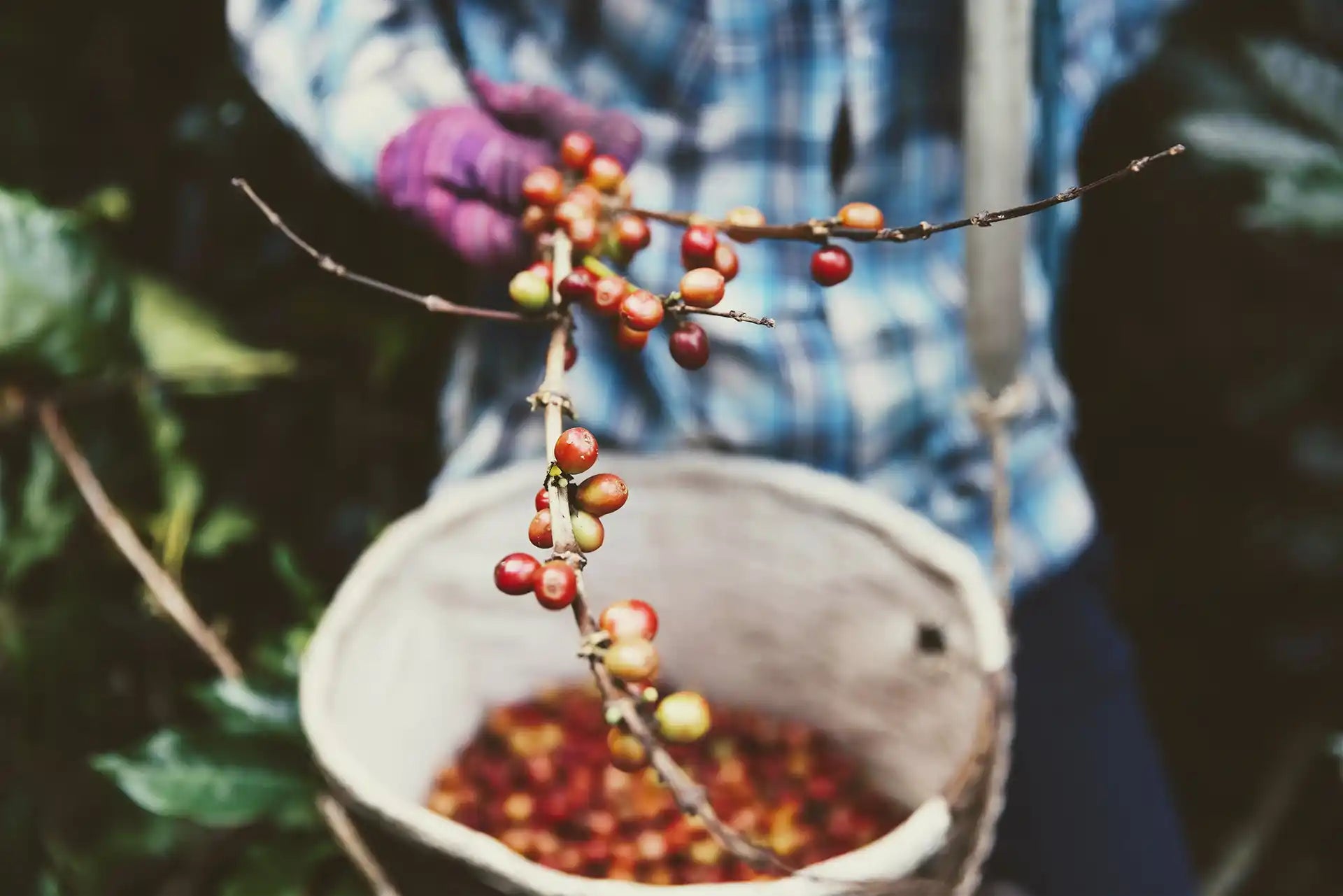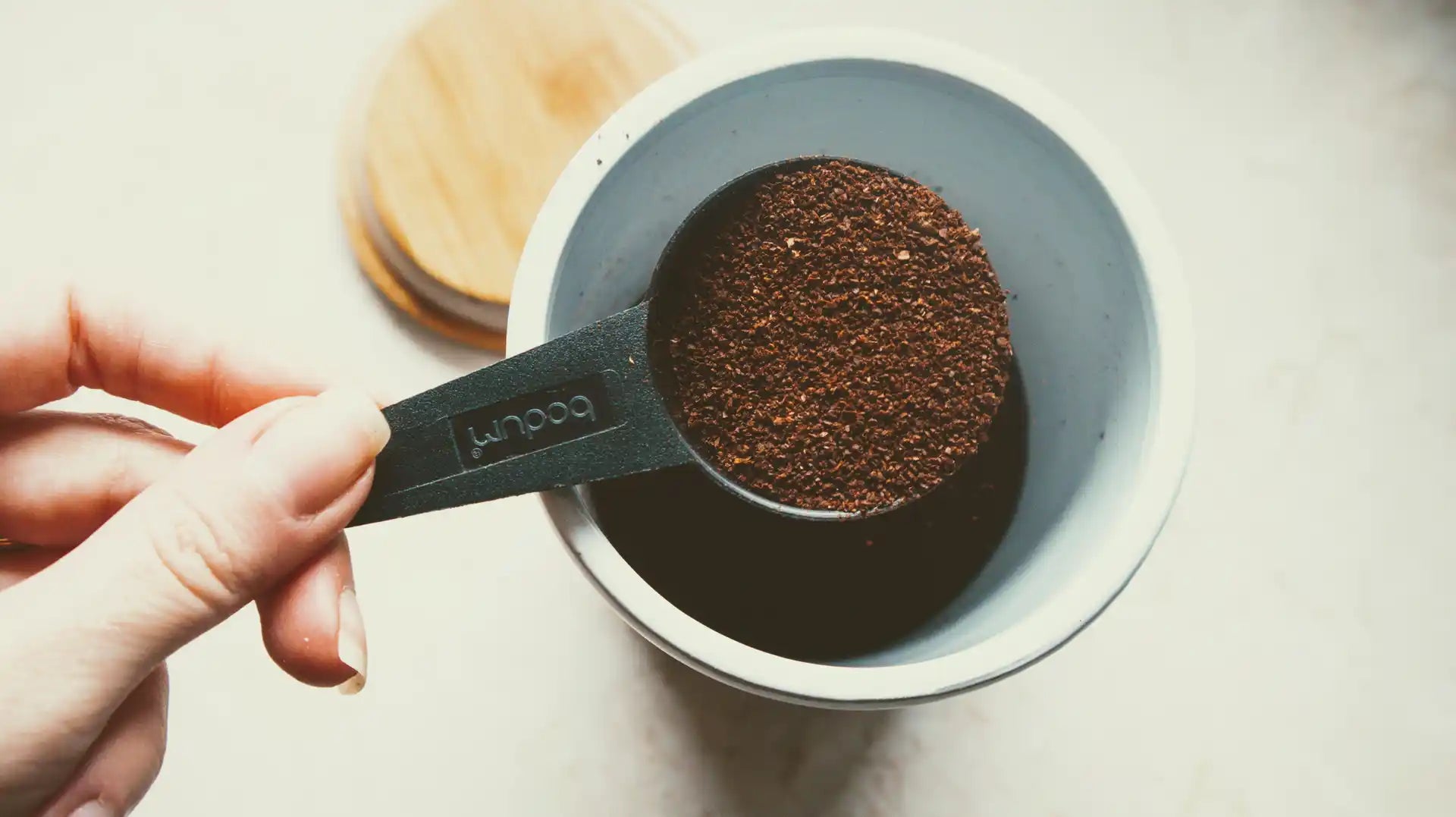Light Roast Coffee: A Guide for the True Coffee Connoisseur

Imagine a dawn chorus, gentle yet complex, teasing the senses; is this not akin to savoring a light roast coffee?
Light roast lovers cherish the vibrant acidity and nuanced flavors that emerge from beans kissed by a relatively brief encounter with heat – as delicate as the first sunlight gracing the morning.
Unveiling Light Roast Coffee
Stepping into the world of light roast coffee is like exploring a gallery of delicate aromas and flavors. These beans are roasted just enough to unlock their potential, offering a taste that's rich with original character, and with a body that's as light and uplifting as an early spring breeze. They're not subjected to the intense roasting that darker beans endure, which lets their intrinsic qualities shine.
The allure of light roast is in its gentle embrace of the palate. Each sip invites an exploration of subtle taste notes, often revealing hints of citrus, floral, or fruity essences that darker roasts might eclipse. It's an invigorating and refined sensory experience, tailor-made for those who relish the artistry in their cup.
Defining the Light Roast
Light roast coffee offers a palate of unique flavors, often unveiling hidden nuances that darker roasts might overshadow. It's a delicate dance of taste, a preservation of the bean's original profile.
The roast stops just after the first crack, a milestone known as "first pop." This stage is crucial for crafting that signature light profile, highlighting the varietal's unique character without the influence of more intense roasting.
Light roast beans showcase a coffee's most authentic taste notes with unparalleled clarity.
Diving into light roast, you're greeting the subtle, intricate whisperings of the bean. Enthusiasts savor its smooth texture and delicate complexity (think hints of floral, fruity notes), a testament to the artful restraint in its creation. It's coffee in its purest expression.
Unboxing the Flavor Profile
Imagine a morning with a light roast cup, filled with aromatic promises.
As you sip, a gentle cascade of bright citrus or berry notes first greet your palate. They aren't weighed down by the heavier, smokier flavors of a dark roast. Instead, these vibrant splashes are followed by a silky clarity that brings forth a complexity rarely experienced in other roasts. Notes of nuttiness or chocolate might subtly emerge, gracefully balancing the cup without overwhelming the senses.
The light roast’s acidity is akin to that spark that piques your curiosity; it’s a lively, sparkling sensation that dances on your tongue. Different from the robust punch of darker roasts, this acidity is often described as crisp, enhancing the coffee's inherent sweetness. This is where you might detect hints of apple, stone fruits, or even a wine-like quality that captivates and delights.
And then there's the body – the mouthfeel of each sip. With light roasts, expect a smooth and light body that's easy on the palate, quite the contrast to the full-bodied intensity found in darker roasts. This quality allows for an elegant taste experience that is subtle yet unmistakably present. It can take you on a nuanced journey of flavor, conjuring sceneries of far-flung high-altitude coffee farms with each delicate sip.
Brewing the Perfect Cup
To unlock that pristine profile, pay attention to your water temperature; optimal is just off-boil, between 195 and 205 degrees Fahrenheit. Precision in measurement is key—a reliable scale is your sidekick, allowing you to nail the coffee-to-water ratio for consistency. Whether you favor pour-over, French press, or an automatic drip, the goal is to highlight the beans' intricate flavors.
Gentle agitation as you brew can enhance extraction, coaxing out the nuances of your light roast without introducing bitterness. And remember, a clean coffee maker matters—it's the unsung hero that ensures each cup sings with clarity and distinction.
Optimal Water Temperature
For light roast coffee, think Goldilocks: not too hot, not too cold. Aim for water that's just right, between 195 and 205 degrees Fahrenheit. This range is precisely where the magic happens—hot enough to extract the delicate flavors and aromas, yet cool enough to preserve them.
Anything less, and you'll under-extract, leading to a brew that's flat or overly acidic.
Dial in your brew temperature to a pinpoint degree if you can. This perfectionism uncovers the potential in every ground, drawing forth a range of charming flavors from floral notes to citrusy zing. It's like listening to a symphony with all the instruments perfectly tuned.
Nailing this sweet spot requires patience and perhaps a digital thermometer. It's quite the dance: you pour the water, wait just a second for it to cool off from boiling, then engage in the pour. A ritual, if you will, that brings forth a brew that sings. In essence, this is about respecting the bean's natural characteristics, allowing them to emerge unscathed by extreme temperatures.
Coffee-to-Water Ratio
Crafting the perfect cup of light roast coffee hinges on hitting the right balance with your coffee-to-water ratio.
- 1:16 - The cornerstone ratio for a balanced cup; that's one part coffee to sixteen parts water.
- 1:18 - To tease out a bit more subtlety and a lighter body.
- 1:14 - Opt for this ratio if you crave a slightly stronger extraction with more body.
Remember, this ratio sets the stage for how your coffee will taste.
Variables like your particular brewing method or personal taste may tweak these recommendations. Adjust to find your sweet spot!
Health Benefits & Antioxidants
Light roast coffee is a treasure trove of health benefits packed with higher concentrations of antioxidants. These potent compounds play a role in neutralizing harmful free radicals, contributing to overall wellness. Moreover, it retains more Chlorogenic acid, which has been suggested to have various health advantages, including supporting weight management and promoting a healthy heart.
Consistently choosing light roast over darker roasts might offer you a slight edge in maximizing these antioxidant benefits. So, by savoring this roast, you're not just indulging in a delicate flavor, but also embracing a little extra health boon.
Light Roast vs Dark Roast
When you're picking your beans, it all boils down to flavor profiles and acidity levels.
- Light roasts boast higher acidity and offer a more pronounced origin flavor, meaning the unique characteristics of the coffee's growing region shine through.
- They're typically roasted at a lower temperature, generally between 350°F and 400°F, stopping just after the first crack—a moment in the roasting process when beans expand and make a cracking sound.
- On the other hand, dark roasts have a bolder, more robust flavor with lower acidity, and they're roasted at higher temperatures, usually between 430°F and 450°F, which happens beyond the second crack.
Darker roasts often exhibit notes of chocolate and a smoky taste, masking the original bean's distinct flavors.
For aficionados interested in exploring the true essence of the bean, a light roast offers an unbeatable clarity of flavor.
Coffee as a Superfood
Imagine your daily cup of joe packed not just with rich flavor, but also a whole host of health benefits.
- High in Antioxidants - Coffee is loaded with powerful antioxidants like hydrocinnamic acids and polyphenols.
- Boosts Metabolism - The caffeine present can increase metabolic rate and enhance fat burning.
- Enhances Brain Function - Caffeine also sharpens focus, improves mood, and may lower the risk of neurodegenerative diseases.
- Supports Heart Health - Moderate coffee consumption has been linked to a reduced risk of heart disease.
- May Reduce Diabetes Risk - Regular intake has been associated with a lower risk of type 2 diabetes.This little bean is a powerhouse of nutrition and wellness.Next time you sip, relish in the thought that you're fueling your body with a natural superfood.
Light Roast Coffee FAQ
Does light roast coffee have more caffeine than other roasts?
Light roast coffee is often perceived as having more caffeine than other roasts due to its stronger, more intense flavor. However, the truth is that the caffeine content of coffee beans remains relatively stable regardless of the roast level. When coffee is roasted, it goes through a chemical process that alters its taste, aroma, and color. While the roasting process may slightly affect the overall taste, acidity, and body of the coffee, it has minimal impact on the caffeine content.
In fact, the caffeine content of coffee is primarily determined by the type and variety of the coffee bean itself, as well as factors such as soil conditions, altitude, and growing practices. Arabica beans, for example, generally contain less caffeine than Robusta beans, regardless of the roast level.
So, although light roast coffee may seem more invigorating and vibrant in flavor, it does not inherently possess more caffeine than other roasts. It's essential to remember that the perception of caffeine strength can be influenced by various factors, such as the brewing method, coffee-to-water ratio, and personal tolerance to caffeine.
Next time you enjoy a cup of light roast coffee, savor its nuanced flavors and aromas without worrying about its caffeine content. Remember, the amount of caffeine in your coffee is determined by the bean type, not the roast level.
Is light roast coffee more acidic than darker roasts?
While it's commonly believed that light roast coffee is more acidic than darker roasts, the truth is a bit more nuanced. When we talk about acidity in coffee, we're not referring to the pH level, but rather to the perception of acidity on your palate.
Light roast coffee tends to retain more of its natural acidity compared to darker roasts. This is because the beans are roasted for a shorter duration, allowing the original flavors and characteristics of the coffee to shine through. This can result in a brighter, more vibrant cup with distinct fruity or floral notes.
On the other hand, darker roasts are roasted for a longer duration, which can lead to a decrease in acidity. The extended roasting process tends to mellow out the flavors and create a richer, bolder profile. Darker roasts are often associated with notes of chocolate, nuts, and caramel.
It's important to note that the perception of acidity can also be influenced by factors such as brewing methods and bean origin. Different coffee varieties from various regions can possess varying levels of inherent acidity. Additionally, the way coffee is brewed can impact how acidic or smooth it tastes in the cup.
Ultimately, whether you prefer the brightness of a light roast or the depth of a dark roast is a matter of personal preference. Both styles have their own unique flavor profiles and can be enjoyed by coffee enthusiasts around the world. So go ahead, explore the world of coffee and discover your own preferred level of acidity.
Can light roast coffee be prepared as an espresso?
Absolutely! While it's more common to associate espresso with dark roasts, light roast coffee can also be prepared as an espresso. In fact, it can offer a unique and delightful experience for coffee enthusiasts.
One of the main differences between light roast and dark roast coffee is the level of roasting. Light roast coffee is roasted for a shorter duration, allowing its distinct flavors and aromas to shine through. This lighter roasting process preserves the delicate nuances of the coffee beans, resulting in a brighter and more complex flavor profile.
When preparing light roast coffee as an espresso, the brewing process remains the same as with any other type of coffee. The coffee grounds are still finely ground and tightly packed into the portafilter of an espresso machine. Hot water is then forced through the compacted grounds under high pressure, extracting the rich flavors and creating a concentrated shot of coffee.
The resulting light roast espresso showcases the nuanced flavors and vibrant acidity that are characteristic of light roast coffee. You may notice floral and fruity notes, along with a lighter body compared to darker roasts. This can provide a refreshing and aromatic espresso experience, perfect for those who appreciate a lighter and more nuanced cup of coffee.
Keep in mind that the brewing parameters, such as grind size and extraction time, may need to be adjusted when working with light roast coffee. Due to its unique characteristics, light roast coffee can be more sensitive to changes in brewing variables. It may require a finer grind or slightly longer extraction time to achieve the desired flavors and balance in the espresso shot.
So, if you're a fan of light roast coffee and want to explore its flavors in a concentrated form, don't hesitate to try preparing it as an espresso. It's a wonderful way to appreciate the intricate nuances and brightness that light roast coffee has to offer.
Laka Java Wahine Blonde Espresso Blend
Looking for a light roast coffee that will surpass your expectations? Look no further than our best-selling Wahine Blonde Espresso Blend. Our customers can't get enough of this exceptional blend, and they even prefer it over Starbucks' blonde roast. With its smooth and delicate flavor, Wahine Blonde Espresso Blend delivers a truly delightful coffee experience. Savor the subtle hints of caramel and citrus as you indulge in each sip. Don't settle for anything less than the best. Try our Wahine Blonde Espresso Blend today and discover why it's the top choice for coffee lovers everywhere. You won't be disappointed.



